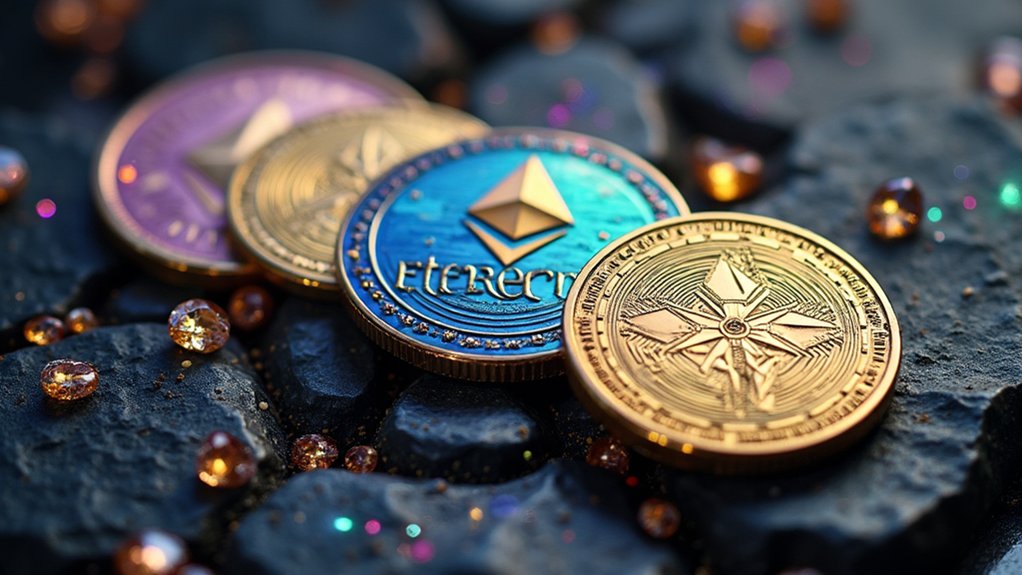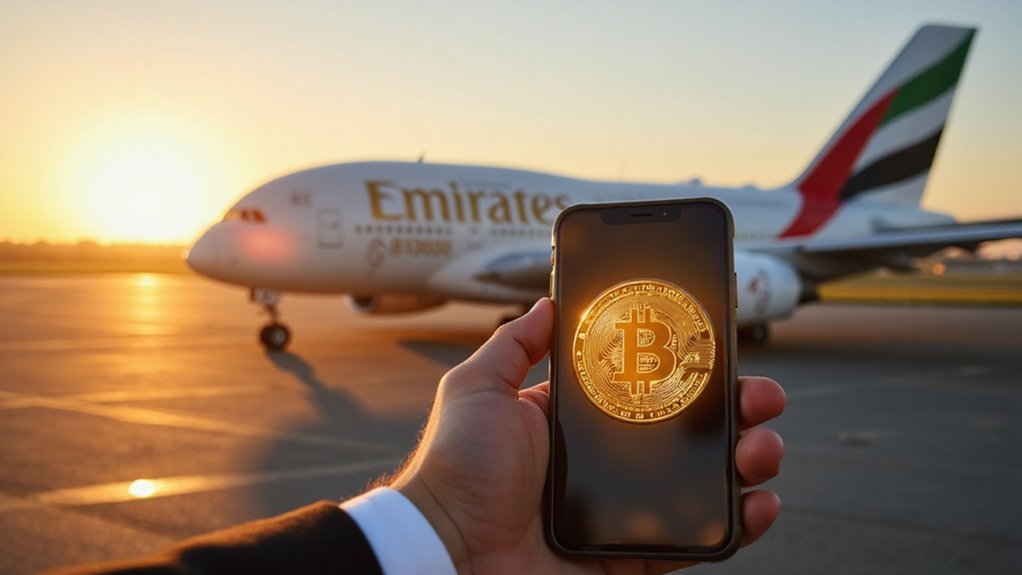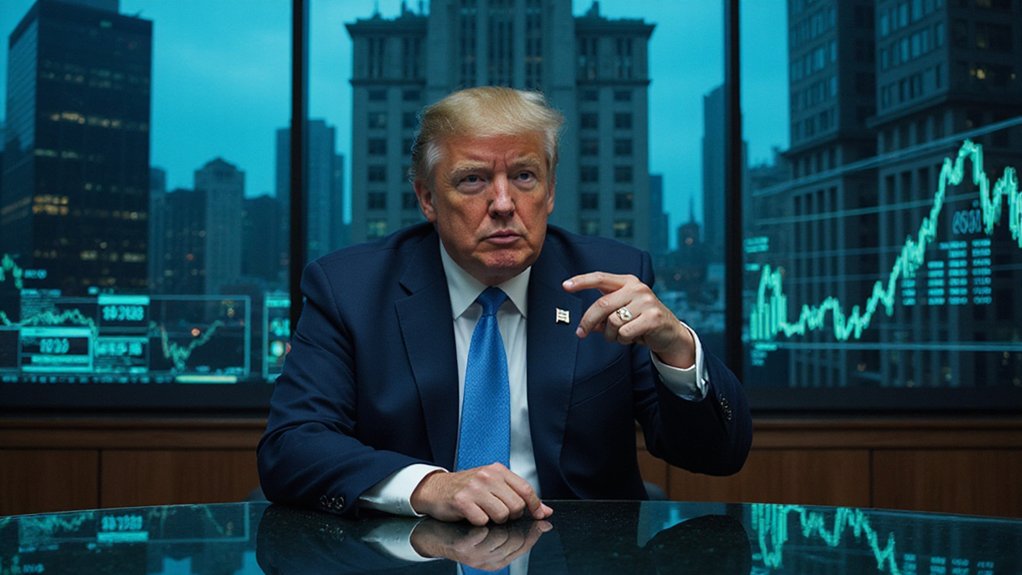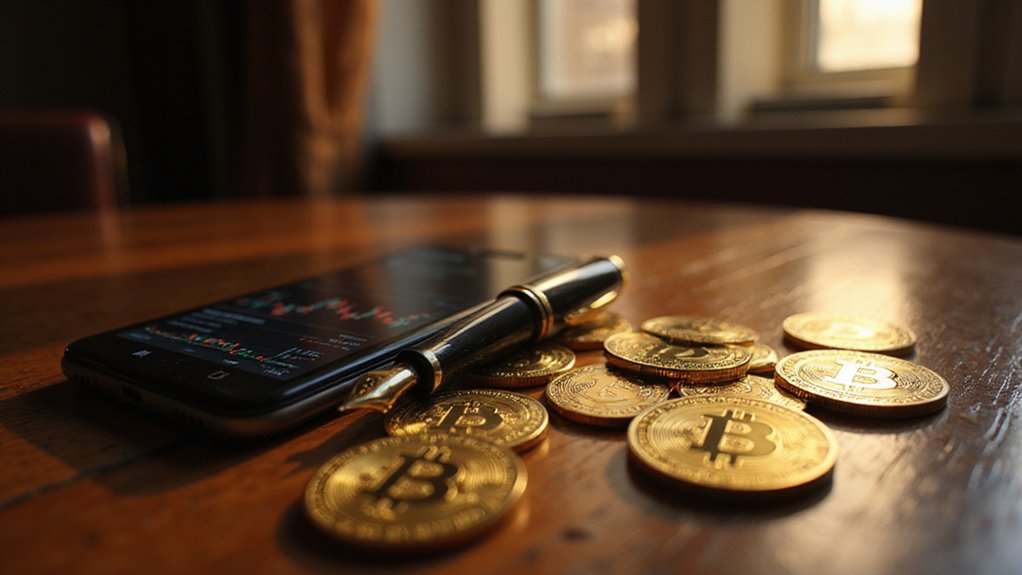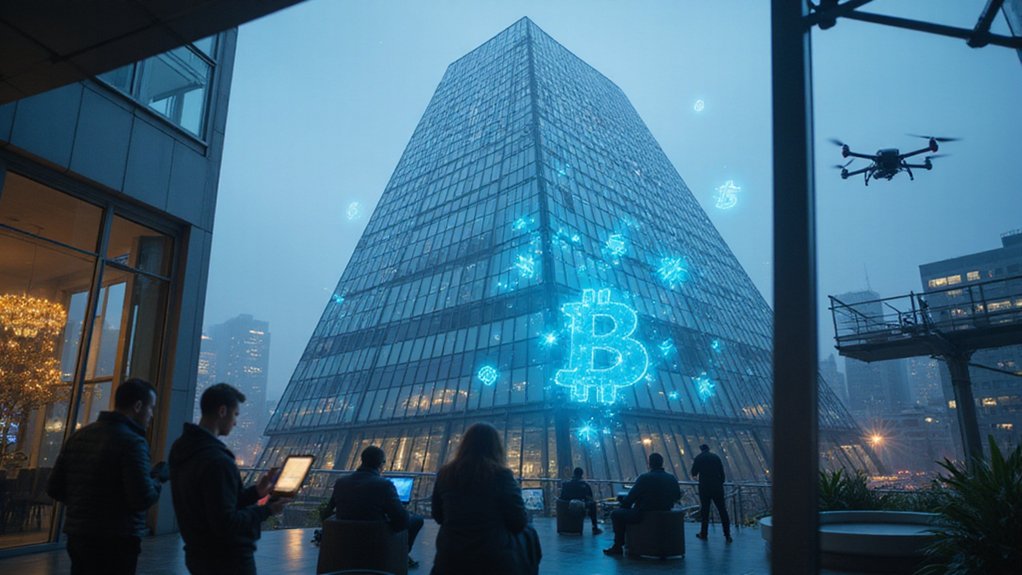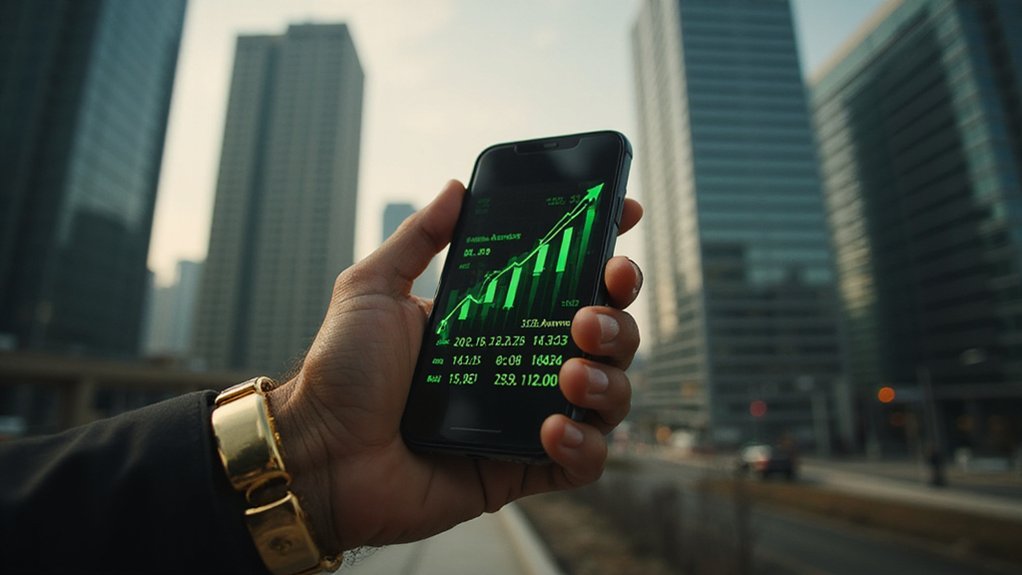How does one transform a Manhattan penthouse, a Bordeaux vineyard, or a Stradivarius violin into something that can be traded as easily as a stock certificate? The answer lies in real-world asset tokenization, a nascent technology that converts ownership rights into digital tokens on blockchain networks—essentially replacing centuries-old methods of proving ownership with cryptographic proof.
At its core, tokenization creates digital representations of physical assets, whether through fungible tokens (think shares of a building) or non-fungible tokens (unique assets like artwork). This process enables fractional ownership, allowing multiple investors to hold pieces of previously indivisible assets. The implications are staggering: suddenly, a teacher in Toledo can own a fraction of prime London real estate, while a college student might hold tokenized shares of rare commodities.
Tokenization shatters traditional investment barriers, transforming exclusive assets into accessible digital shares for everyday investors worldwide.
Ethereum leads this transformation through its robust smart contract capabilities, while Solana offers high-speed, low-cost transactions that make micro-investments economically viable. XRP‘s focus on cross-border payments positions it as a bridge currency for international asset transactions, and Chainlink‘s oracle network provides the essential offchain data that determines token values—because, after all, someone must verify that the vineyard hasn’t been converted into a parking lot.
The technology promises to reveal trillions in previously illiquid value. Real estate, bonds, commodities, and intellectual property can all be tokenized, creating a market encompassing vast portions of global economic activity. This represents more than technological innovation; it’s a fundamental paradigm shift bridging physical and digital economies.
However, significant challenges remain. Secure oracle solutions must provide reliable asset data, blockchain networks must handle massive transaction volumes, and regulatory frameworks must evolve to accommodate this new reality. The selection of appropriate token standards (ERC20 for fungible assets, ERC721 for unique items) requires careful consideration of each asset’s characteristics. One major hurdle involves legal recognition issues where existing systems may not enforce tokenized ownership rights.
The implications extend beyond mere digitization. Tokenization reduces transactional friction, provides unprecedented transparency through blockchain records, and enables streamlined asset management. Traditional financial systems—with their layers of intermediaries, settlement delays, and geographic restrictions—suddenly appear antiquated when compared to permissionless, 24/7 tokenized markets. The administrative costs associated with traditional asset management decrease significantly as tokenization minimizes paperwork and reduces the need for multiple intermediaries. Projects must navigate complex AML/KYC requirements across different jurisdictions to ensure compliance with existing regulatory frameworks.
The question isn’t whether real-world asset tokenization will reshape finance, but how quickly traditional institutions will adapt.
